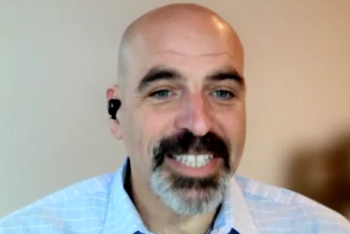
Nonprofit hospitals aim to maintain margins
Each year, nonprofits must review their rate strategies in the context of maintaining financial viability. To achieve sustainability goals, some must raise rates to cover costs of patient care, for example.
MANY NONPROFIT HOSPITALS are finding themselves in a grim financial environment, but others are gaining ground by leveraging market opportunities.
Each year, nonprofits must review their rate strategies in the context of maintaining financial viability. To achieve sustainability goals, some must raise rates to cover the costs of patient care, building maintenance, technology updates, health needs of their communities, and essential services, such as disaster preparedness and public-health emergencies.
To make matters worse, the rates of uninsured continue to climb, increasing charity-care totals among inner city hospitals, while also making the pool of insured patients the more attractive market. For some nonprofits, the percentage of uninsured patients is more than 50%.
For those with health insurance, many members have had to pay increased out-of-pocket costs, higher deductibles and copays. In turn, that has made it difficult for many patients to pay their share, forcing hospitals to manage those costs and also the costs of collecting increasing numbers of outstanding balances.
Not all nonprofit hospitals find themselves in difficult operating environments, however. A Wall Street Journal report in April revealed that many nonprofit hospitals have turned themselves into huge revenue generators, thanks in part to rising Medicare reimbursements and mergers that have provided more leverage to negotiate prices with payers.
The combined net income of the 50 largest nonprofit hospitals increased nearly eightfold to $4.27 billion between 2001 and 2006, according to the WSJ. During that period, the Cleveland Clinic went from experiencing a loss to a net income of $229 million. The 20-facility University of Pittsburgh Medical Center had cash and investments totaling $3.35 billion at the end of 2007.
Critics of these nonprofit hospitals cite inadequate spending on charity care as another reason for the financial boom and are increasingly calling into question whether they deserve their tax breaks. Politicians want to know why top officers are paid such high salaries while at the same time, the organization dedicates minimal amounts-sometimes as little as 2% of revenue totals-to charity care.
Sen. Charles E. Grassley (R-Iowa) criticized nonprofit hospitals during a Senate hearing in June, saying they receive $40 billion in benefits through their exemptions from: income, sales and property taxes; tax-deductible contributions; and tax-exempt bonds. He has threatened to introduce legislation forcing nonprofit hospitals to provide a minimum amount of charity care to keep their tax-exempt status.
But many nonprofit hospitals, especially those in inner cities, say they do find themselves at financial risk, because they often charge no fee or a discounted fee to uninsured, low-income patients for services, while also providing unprofitable services such as trauma care, outreach primary care and preventative services.
"Nonprofits have to perform in some very challenging marketplaces," says Rick Norling, president and CEO of the Premier Healthcare Alliance, a Charlotte, N.C.-based quality improvement alliance of more than 2,000 U.S. hospitals. "When you start looking at the percentage of indigent care and Medicaid in a given market and given site, you are more likely to see a nonprofit dealing with these challenges."
Newsletter
Get the latest industry news, event updates, and more from Managed healthcare Executive.

















































